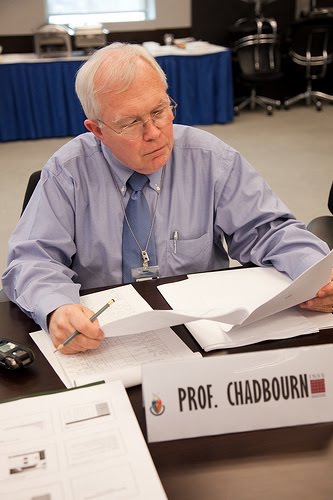
The International Journal of Naval History is now in its third decade of publication. Dr. Gary Weir, the Founding Editor Emeritus, recognized the potential for digital scholarship in the historical profession ahead of many contemporaries. The IJNH remains as he originally conceived it: a digital journal intended to be a naval history forum designed to stimulate naval historical research and foster communication among naval and maritime history scholars worldwide. To that end, this issue includes an article for the first time from Finland. Although retired, Gary remains engaged as a historian. He contributes a fascinating book review in this issue abort Mary Sears, a brilliant marine scientist from Massachusetts whose pioneering ocean research saved countless lives in World War II.
It is not our practice at IJNH to publish obituaries. Sadly, however, we feel compelled to mention, with utmost sadness, the demise of the Naval Historical Foundation in passing. Ironically, despite vigorous opposition, on December 7, the membership voted to disestablish itself by the year’s end and merge with the United States Naval Institute. The complete story of the downfall of an organization originally conceived by Commodore Dudley Knox over 90 years ago appears on the Naval Historical Foundation’s final webpage in an article entitled “A History of the Naval Historical Foundation.”
I especially want to thank the erstwhile members of the Naval Historical Foundation for encouraging and providing for hosting this journal for more than twenty years on their website and retaining our digital archives of past issues. CAPT Todd Creekman, USN, Ret., former Executive Director, was indispensable to this process, as was RADM Sonny Masso, his successor. The historian for the organization, Dr. David Winkler, was instrumental in sustaining the relationship. This loss diminishes the discipline of Naval History. As the Naval Historical Foundation staff disperses for new adventures, we wish them the traditional “Fair winds and following seas” in future endeavors.
In our lead article for this issue, CAPT Jim Ransom brings his knowledge as a former submarine commander to the examination of the response of Asiatic Fleet submarines under the command of Thomas C. Hart to the demands of war in the difficult early months of World War II in the Pacific against Japan. Interestingly, the stories in this issue have a common theme: they focus on the importance of naval leadership during rapid technological change and war. CAPT Ransom concludes that “tenacity in the face of daunting challenges” would eventually result in improved performance by American submarine commanders after a rocky start in 1941.
Dr. Henrikki Tikkanen, a Professor of Business Administration at Aalto University School of Business in Helsinki, Finland, recently completed a doctorate in history at the University of Jyvaskyla. His study analyzes the reforms in the Royal Navy undertaken in the critical years before and during the First World War by Admiral Sir John Fisher. Professor Tikkanen focuses on the role played in this era by the network of officers surrounding Fisher, referred to as “the Fishpond.” Similarly, Dr. Joe Moretz, a well-known independent scholar, examines how the Royal Navy adjusted its tactics in the wake of the realities of naval arms limitations imposed by the Washington Conference of 1921-1922.
As part of our ongoing “Inside the Archives” series, Dara Baker of the Office of Innovation of the National Archives and Records Administration brings two articles of particular significance to the maritime community. Aleksander Gelfand writes about the United Nations Relief and Rehabilitation Archive. This collection contains over 10,000 photographs and records about the post-World War II supply, procurement, and shipping operations of the largest relief operation up to that point in history. In the second piece, Marian Matyn of the Clarke Historical Library at Central Michigan University describes the rich maritime collections in that archive. These records demonstrate the importance of Great Lakes shipping, shore work, transportation, and everyday life in that region.
Finally, in this issue, we continue supporting and occasionally publishing the superior work of distinguished junior colleagues in the historical profession. The documentary by Tyler Kaus on Admiral Grace Hopper details the importance of her pioneering work during and after World War II in increasing the effectiveness of computers for the Navy and the business community. This documentary about “Amazing Grace” contains many rarely-view images of the Admiral of the Cyber Sea.
For those contributors who have shared their research findings with us in this issue of IJNH or written book reviews, we offer a heartfelt “Thank you!” That is, after all, what historians and those interested in naval and maritime matters do. Our next issue is due out in the spring. I invite all of you to contribute to that process.
Charles C. Chadbourn, III, PhD, CAPT, USN, Ret.
Editor-in-Chief, International Journal of Naval History
Professor of Strategy & Policy, U.S. Naval War College
(Return to December 2022 Table of Contents)
